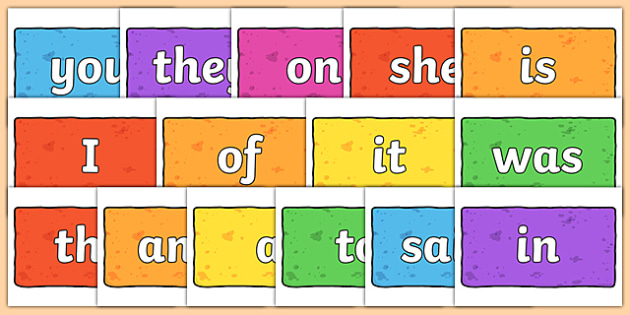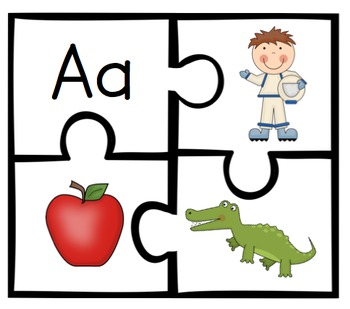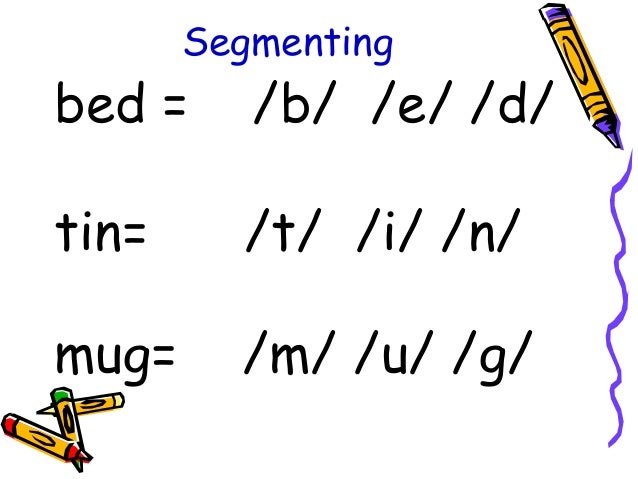Definition: Interactive writing is a writing process used to teach (usually younger) students how to write. The process involves the sharing of a pen between the teacher and students- teach-nology.com
-This is important because this allows students to model after the teacher and receive one-on-one help with the teacher. For example, when it is the student's turn to write the teacher can see exactly what the student is struggling with. Also, the student can look at how the teacher does her part to get an in-sight of what they can do. This is a great way to teach students, and you can assess them by letting them do a similar writing activity on their own.
High Frequency Words
Definition:High frequency words are quite simply those words which occur most frequently in written material, for example, "and", "the", "as" and "it". They are often words that have little meaning on their own, but they do contribute a great deal to the meaning of a sentence- highfrequencywords.org
-This is important because these words make up SO MUCH of our books, sentences, papers, etc. Students have to learn these words because writing without them is almost impossible. These words help our language make sense. Without them, our sentences and conversations would be confusing.
Orthography
Definition: a method of representing the sounds of a language by written or printed symbols; spelling- vocabulary.com
-This is important because without orthography, we would not have a written language. Without a written language, we would not be able to spell, read, or write. Our orthography is the main ingredient to our education and without it, we would not be able to communicate.
Word Solving
Definition: ability to apply your knowledge of letter-sound relationships, including knowledge of letter patterns, to correctly pronounce written words- readingrockets.org
-This is important because we would not be able to decode words without word-solving. This means that without this skill we would never be able to read new words and could only read words we memorized. We read by connecting new words to words that we know and we follow patterns and relationships.













